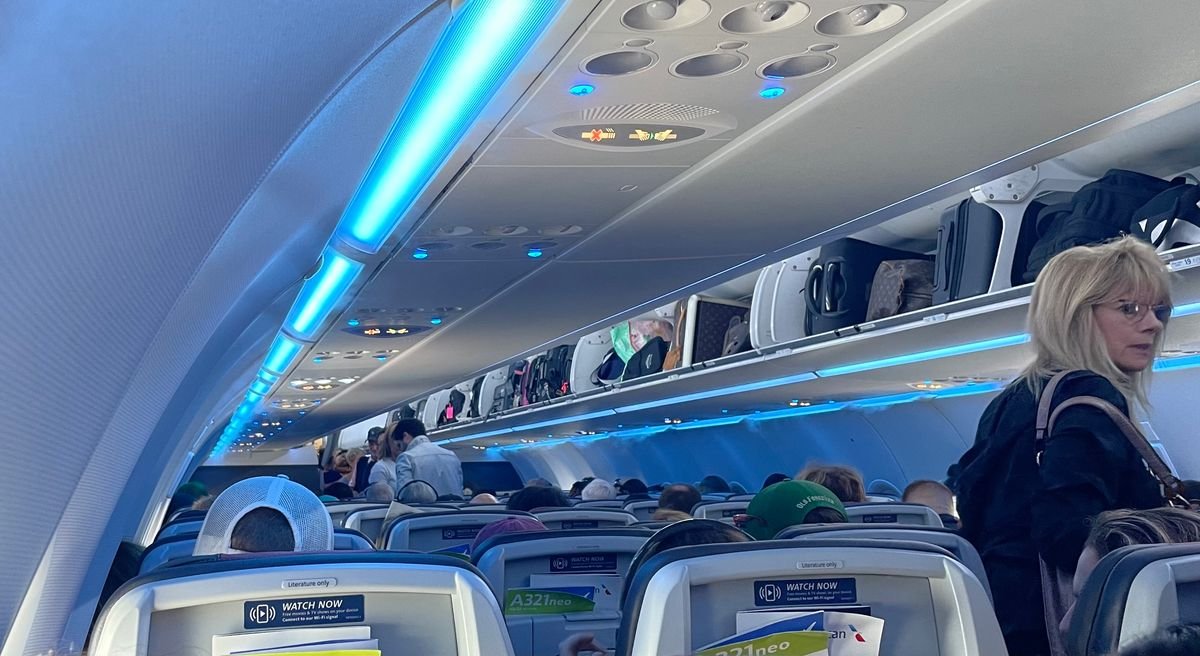We all know insects are resourceful critters. They fly, crawl, swim, and burrow… but hitchhike? It turns out, our cars are becoming the latest Ubers for invasive ant species, and scientists are sounding the alarm.
Stowaways with six legs
Scotty Yang, an acclaimed entomologist from Virginia Tech, has been closely observing an intriguing pattern unfolding before our eyes. And no, it’s not about an occasional ant making its way into your picnic basket.
We’re talking about entire colonies of ants, queens and all, view our cars as their personal Uber. Yang’s research is pioneering in its focus on this fascinating phenomenon.
Scotty observed, “We saw social media posts where people were devastated about finding their cars covered in ants. Although we felt sorry for them, we wanted to examine whether these events had anything in common.”
This quest for answers led him to Taiwan, where he conducted a study involving nine different ant species using vehicles as their own personal vans.
Tweaking the ordinary by a notch, seven of these species were invasive, making themselves at home in new environments.
How ants travel in cars
Scotty’s research compiled reports from individuals across Taiwan who had seen ants on their vehicles. The citizen-led approach allowed him to gather data on a significant scale.
His study revealed that ants are not picky about their choice of vehicle — they have been seen inside and outside cars, and even under the hood.
Impressive climbing ability
Common traits among these hitchhiking ants were their climbing ability, foraging habits, and temperature tolerance.
Small but mighty, ants are remarkable climbers. Their feet come equipped with claws for gripping uneven surfaces like metal or plastic, and adhesive pads that create a temporary bond allowing them to walk on smooth surfaces like glass.
This makes it possible for ants to navigate different parts of a vehicle, increasing their hitchhiking success.
Foraging and colonizing
When food sources are scarce, ants tend to explore new areas, making them more likely to turn vehicles into their means of transport.
Overcrowded colonies or those facing resource limitations are more prone to start new nests. The scout ants could encounter vehicles during their search for new nesting sites, turning them into moving homes.
High temperature tolerance
Cars, due to weather conditions, can exhibit wide temperature variations. Ants, being ectothermic creatures, rely on external sources for body temperature regulation.
They survive based on their ability to find suitable areas providing the right temperature for their physiological processes. Thus, their assessment of the microclimates within cars is crucial to their survival.
Invasive ants in cars
This is more than just an annoyance on your commute. Invasive insects can outcompete native species, harm crops, and disrupt ecosystems.
“Tracking invasive insects and how they spread is an important subject for entomologists because these creatures can represent threats to native species of plants and animals,” Scotty emphasizes.
What was once limited to logs and soil for their spread, now includes our daily commutes.
Why ants choose cars
Overcrowding seems a key factor leading ants to seek new habitats by hitching rides. Invasive species are particularly prone to this behavior, which has implications worldwide. The U.S, for instance, wrestles with invasive ants like the infamous fire ant.
Scotty shares, “Of the 100 worst invasive species in the world, five are species of ants, and two of these are already established in Virginia: the red imported fire ant and the Argentine ant.”
By hitchhiking, these ants are getting a fast track to new territories. Scotty hopes to start a similar citizen science project in the U.S. to track ant spread.
As per his advice, while there’s no need for alarm, if you find unexpected passengers, consider it a reminder of our world’s interconnectedness and perhaps give your car a good vacuuming.
Ants live life in the fast lane
Scotty Yang’s fascinating research into the hitchhiking behavior of ants sheds light on an overlooked aspect of invasive species’ expansion. His findings also underscore the impact of human activities on natural ecosystems.
This surprising ant-car relationship reinforces our awareness of the world’s interconnectivity and the significant, albeit often unseen, role even the smallest creatures play in shaping our environment.
The study is published in the journal Ecological Entomology.
—–
Like what you read? Subscribe to our newsletter for engaging articles, exclusive content, and the latest updates.
Check us out on EarthSnap, a free app brought to you by Eric Ralls and Earth.com.
—–



























